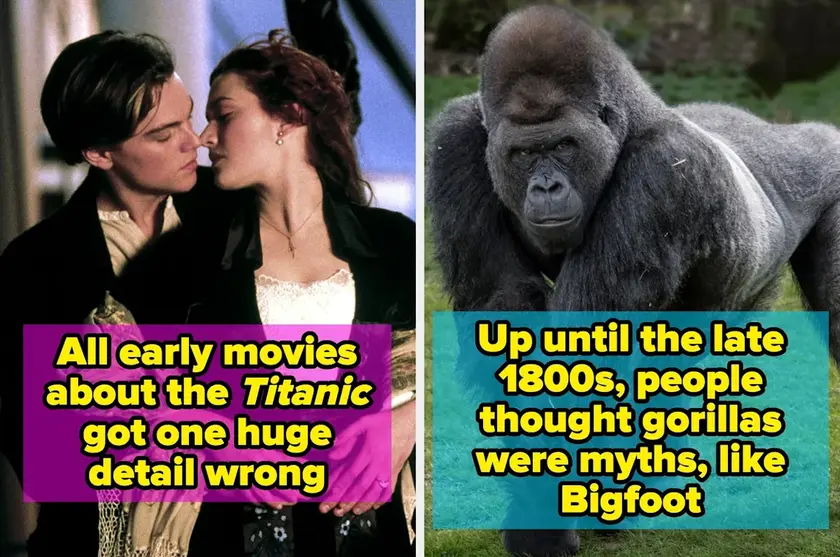T4K3.news
New study redates Earth's ancient impact crater
Researchers claim the Miralga crater is much younger than the previously estimated 3.5 billion years.
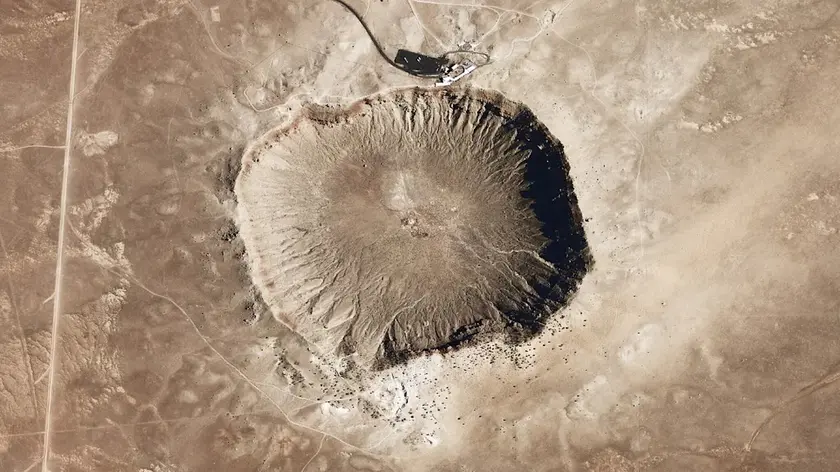
Geologists reassess the age and significance of an ancient meteorite impact site in Australia.
New findings challenge the age of Earth's oldest impact crater
Recent research on an ancient meteorite impact crater in Western Australia reveals that it is much younger than previously thought. Earlier claims suggested the crater, located in the Pilbara region, formed around 3.5 billion years ago, which would make it the oldest on Earth. However, a new study published in Science Advances argues that the crater's formation occurred after 2.7 billion years ago, possibly making it 800 million years younger than earlier estimates. The new findings state the crater has a diameter of 16 kilometers, significantly smaller than the initially proposed size of over 100 kilometers. Both studies agree the site is an ancient impact, but they differ substantially on its age and potential impact on early life.
Key Takeaways
"Science is a self-policing sport."
This highlights the nature of scientific inquiry needing continuous verification and adjustment.
"The crater was too young and too small to have influenced continent formation."
This speaks to the implications of the crater's new estimated age on geological history.
"Craters formed in basalt are rare; this makes the Miralga impact scientifically unique."
This emphasizes the rarity and significance of the crater's formation.
"Both studies found shatter cones and agree the site is an ancient impact."
This shows the consensus on the site's impact nature, despite differing views on its age.
This ongoing analysis of the Miralga impact structure underscores the complexities and challenges of dating geological events. Two separate research teams reached contradictory conclusions about the crater's age, highlighting the intricacies of geological dating methods. As science continuously evolves with new findings, this type of recalibration is essential for refining our understanding of Earth's early history. The implications for planetary science extend beyond Earth, suggesting that similar craters on Mars could provide insights into both planetary formation and the early conditions for life.
Highlights
- Geological findings often evolve with new discoveries.
- Understanding Earth's history requires constant re-evaluation.
- The age of a crater can change everything about how we view early life on Earth.
- Miralga's unique features could unlock secrets about Mars' past.
Contradictory findings may lead to public confusion
The striking differences between the two studies on the crater's age could create misunderstandings about Earth's geological timeline.
Future research will be crucial in clarifying the age and significance of the Miralga crater.
Enjoyed this? Let your friends know!
Related News
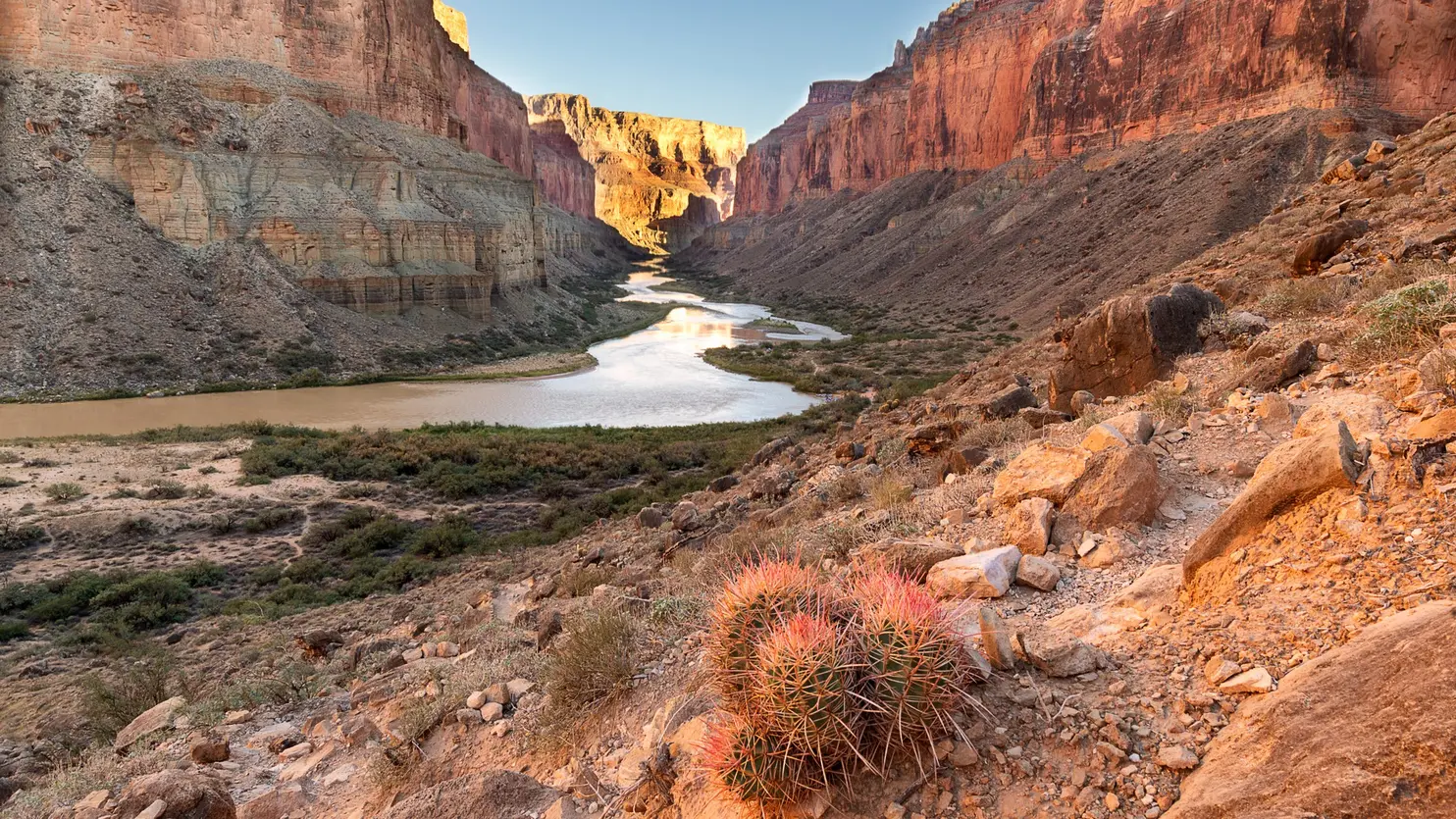
Giant meteor impact linked to Grand Canyon landslide
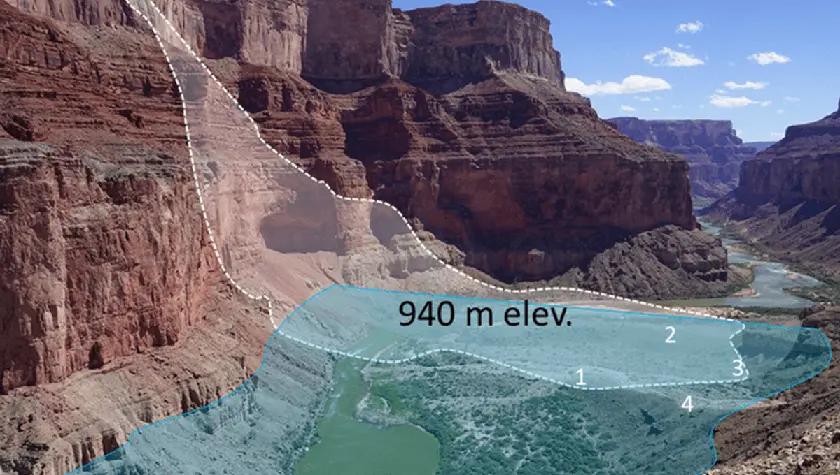
Meteor Crater linked to Grand Canyon landslide
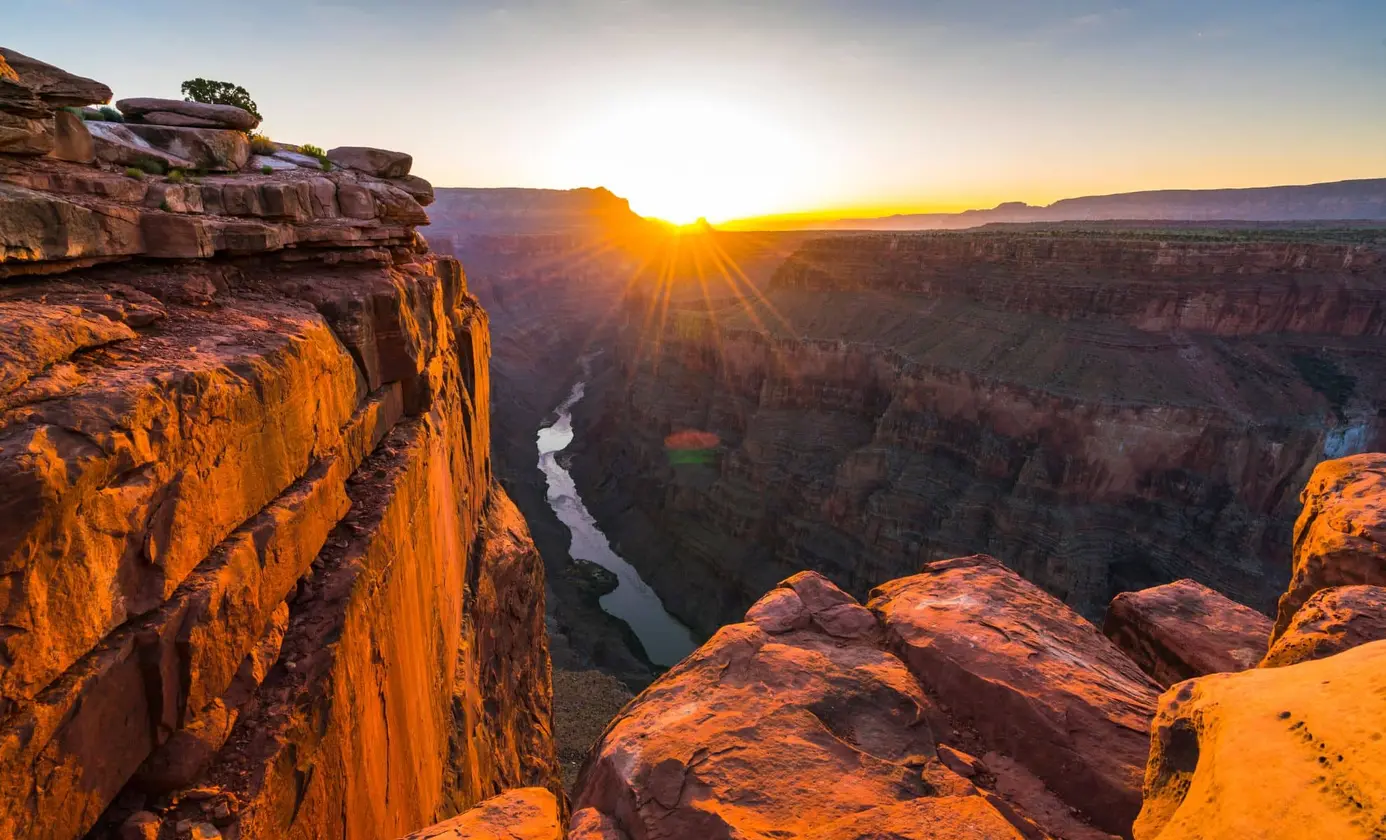
Research connects Grand Canyon to Meteor Crater
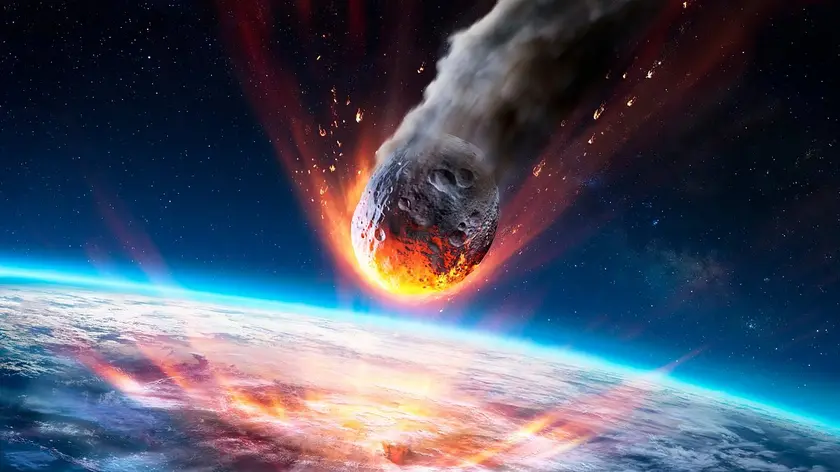
Louisiana airburst fuels debate over lost civilization
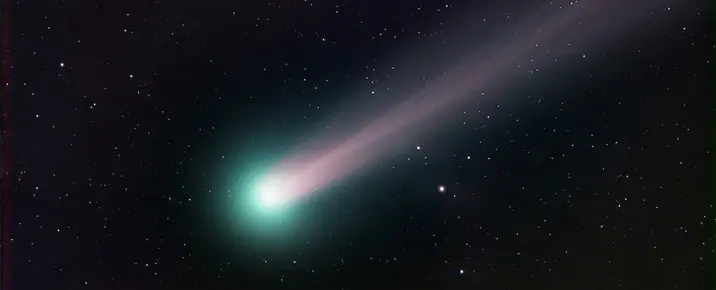
Discovery of Ancient Comet Dust Announced
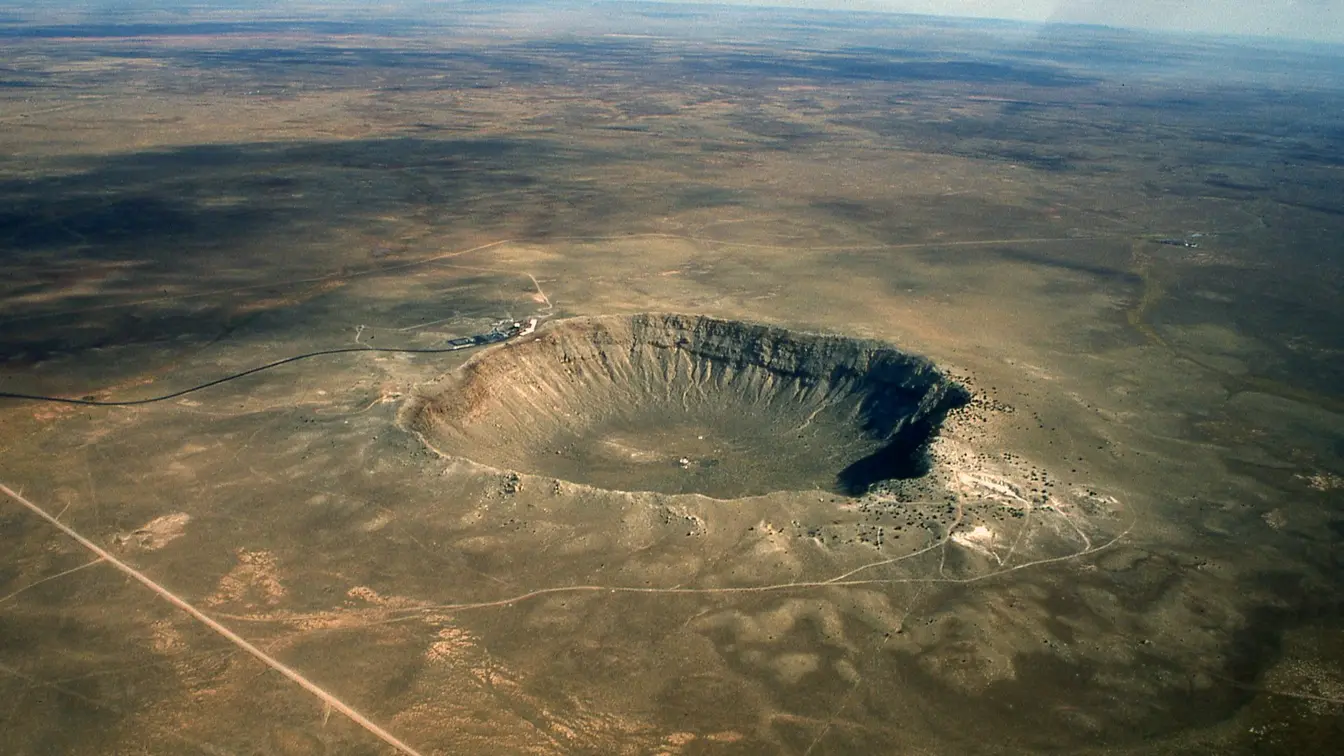
Massive landslide in Grand Canyon linked to meteor impact
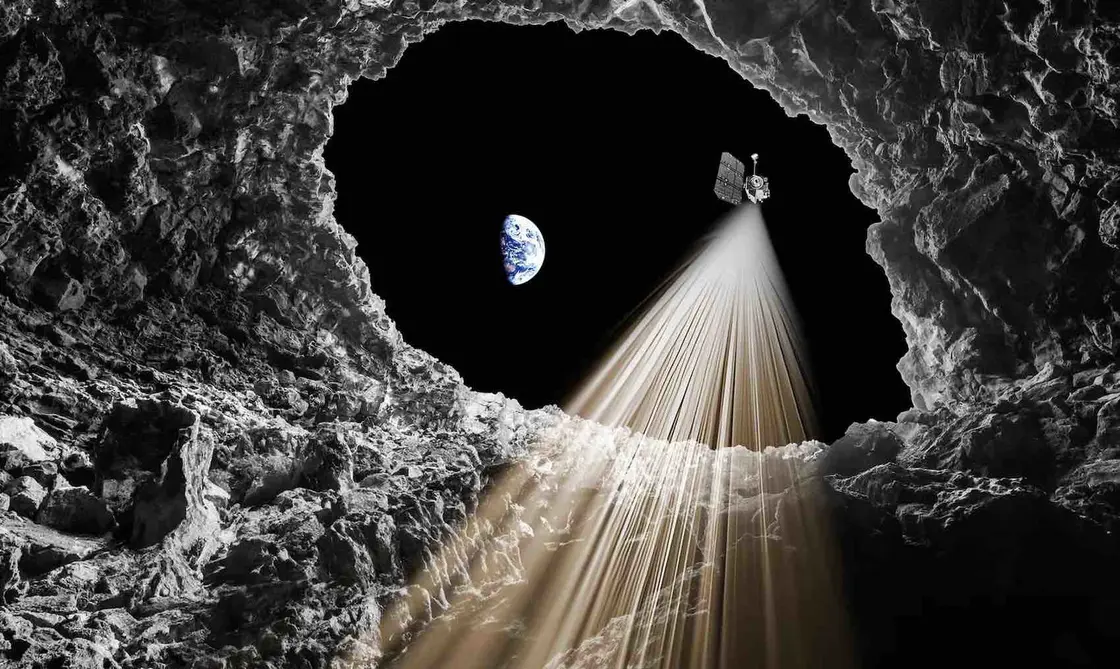
NASA Discovers Cave Entrances on the Moon
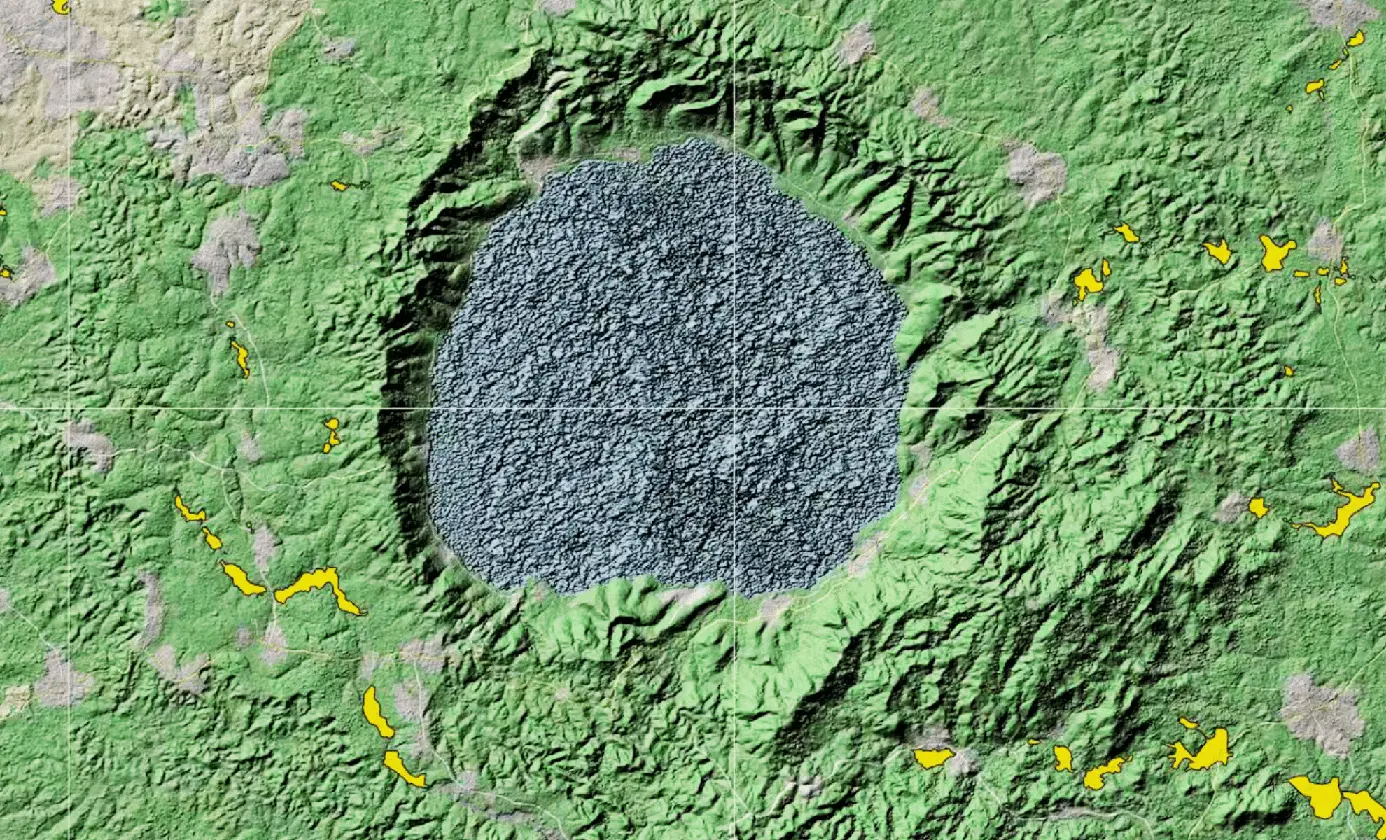
Threats to Bosumtwi Crater From Illegal Mining Intensify
